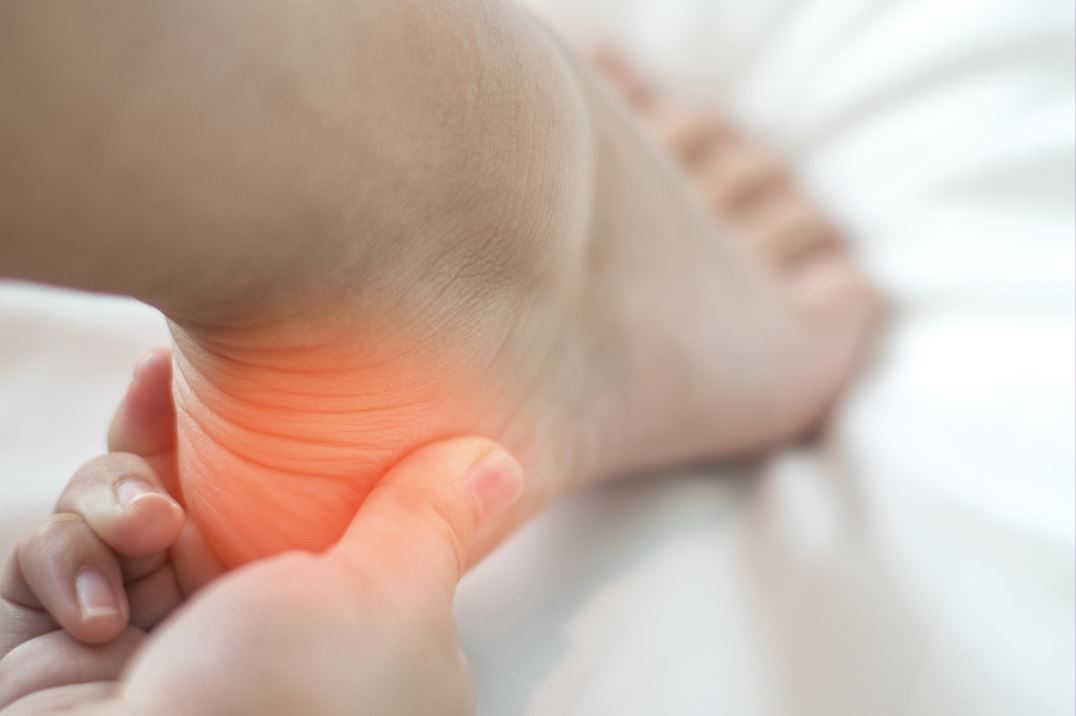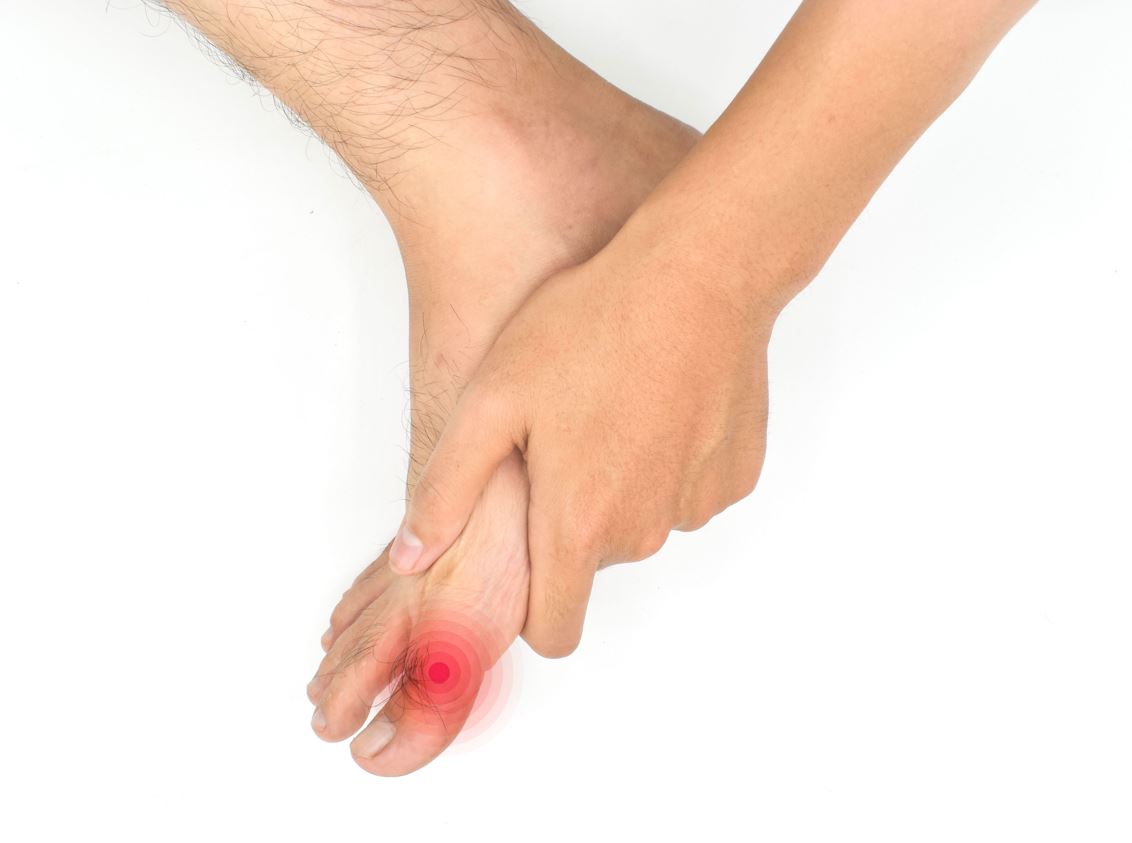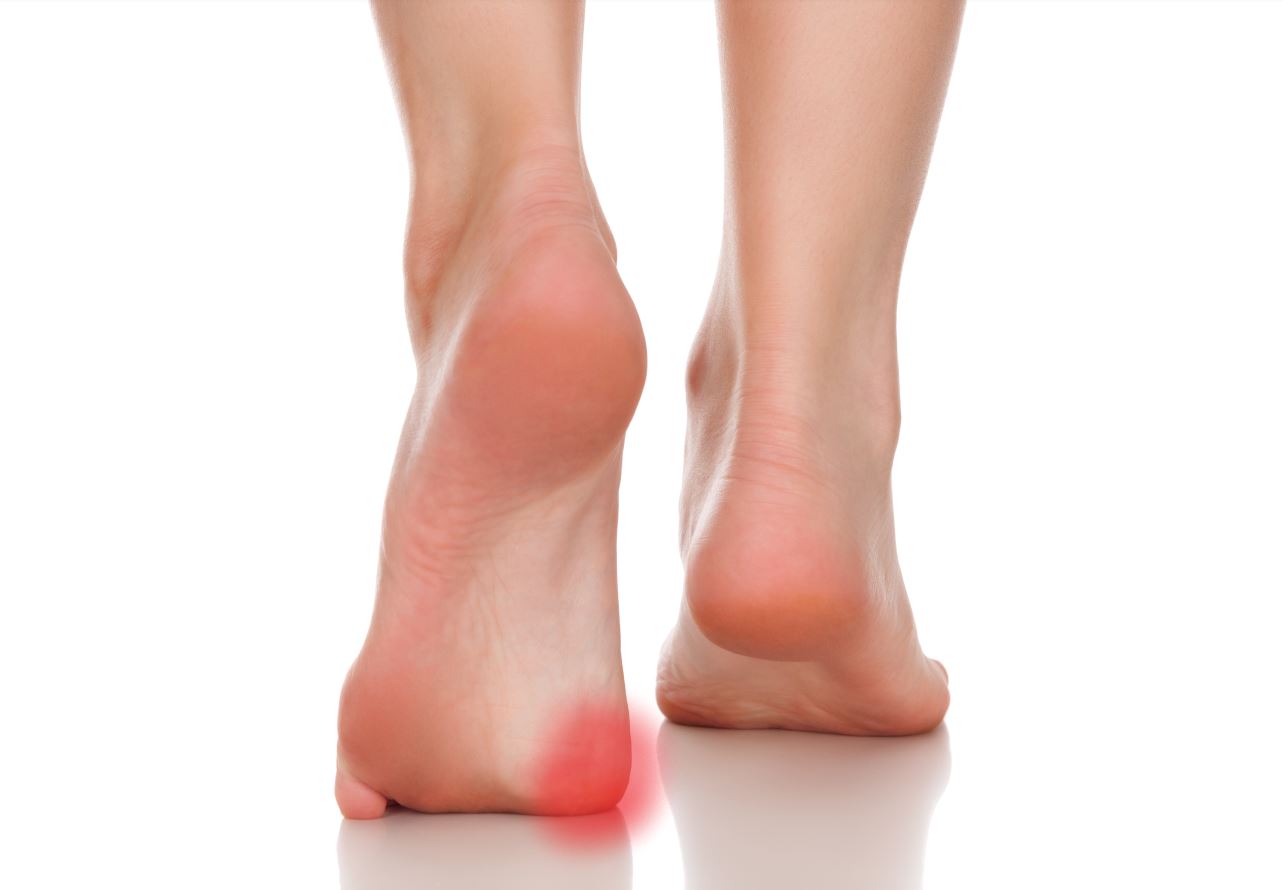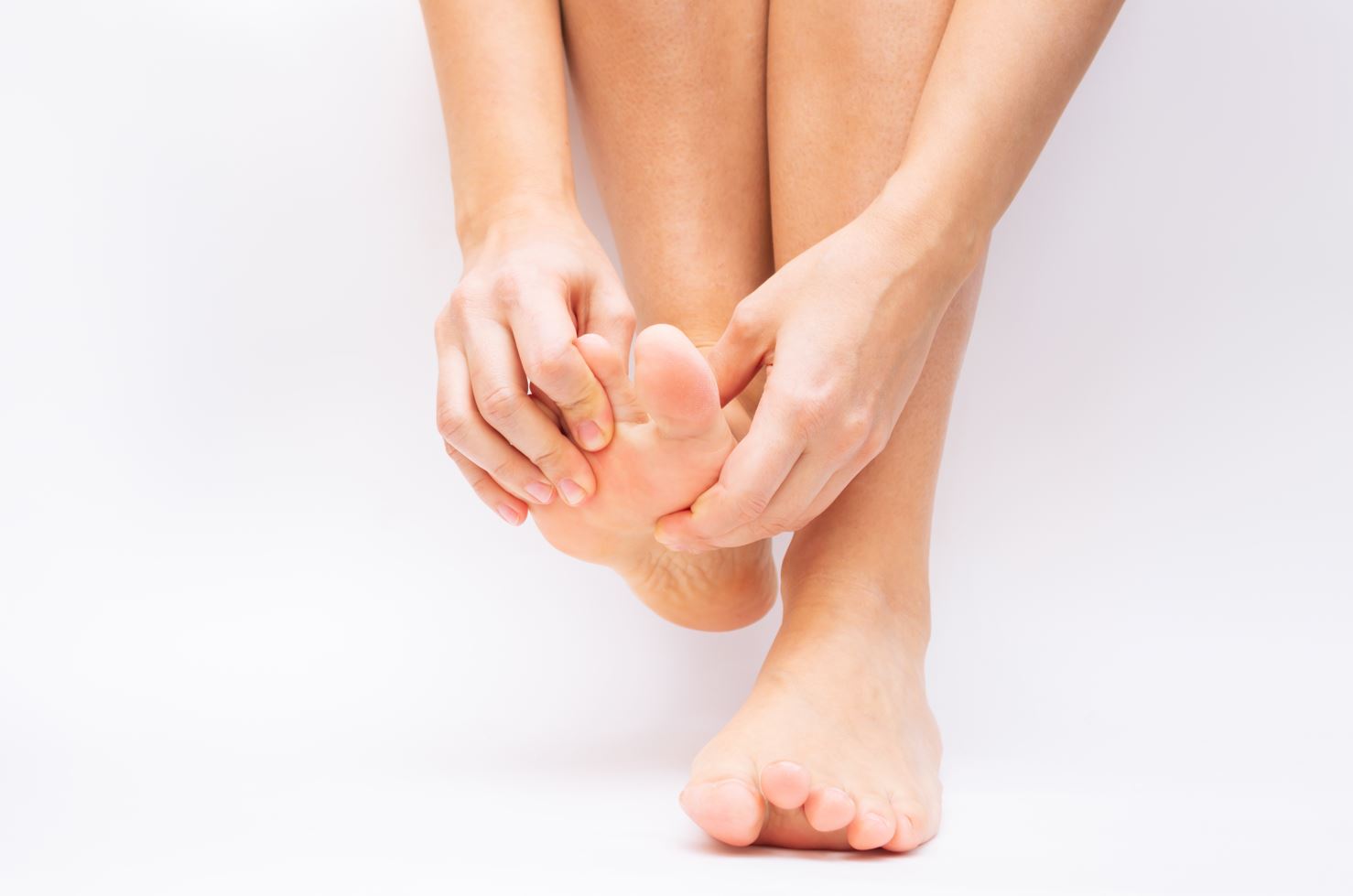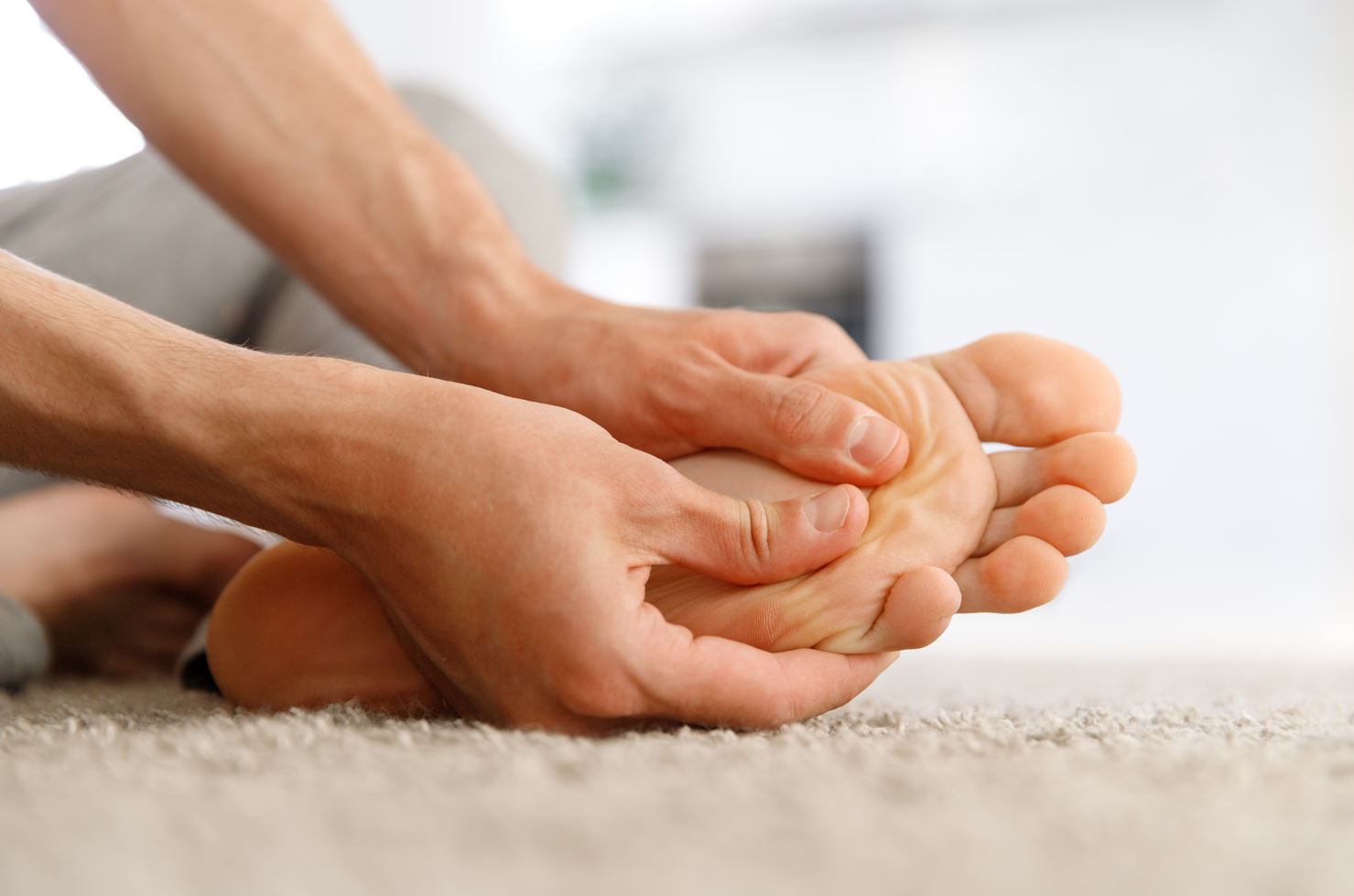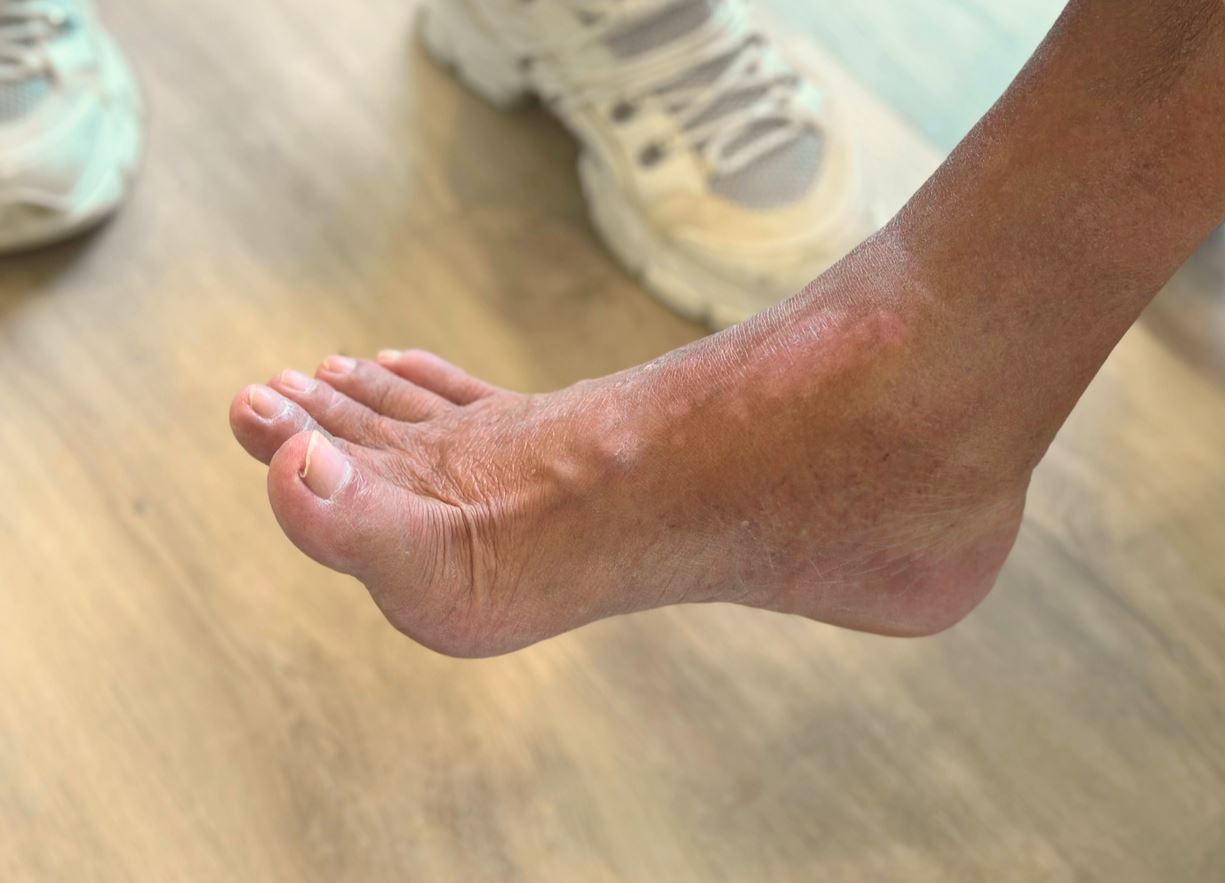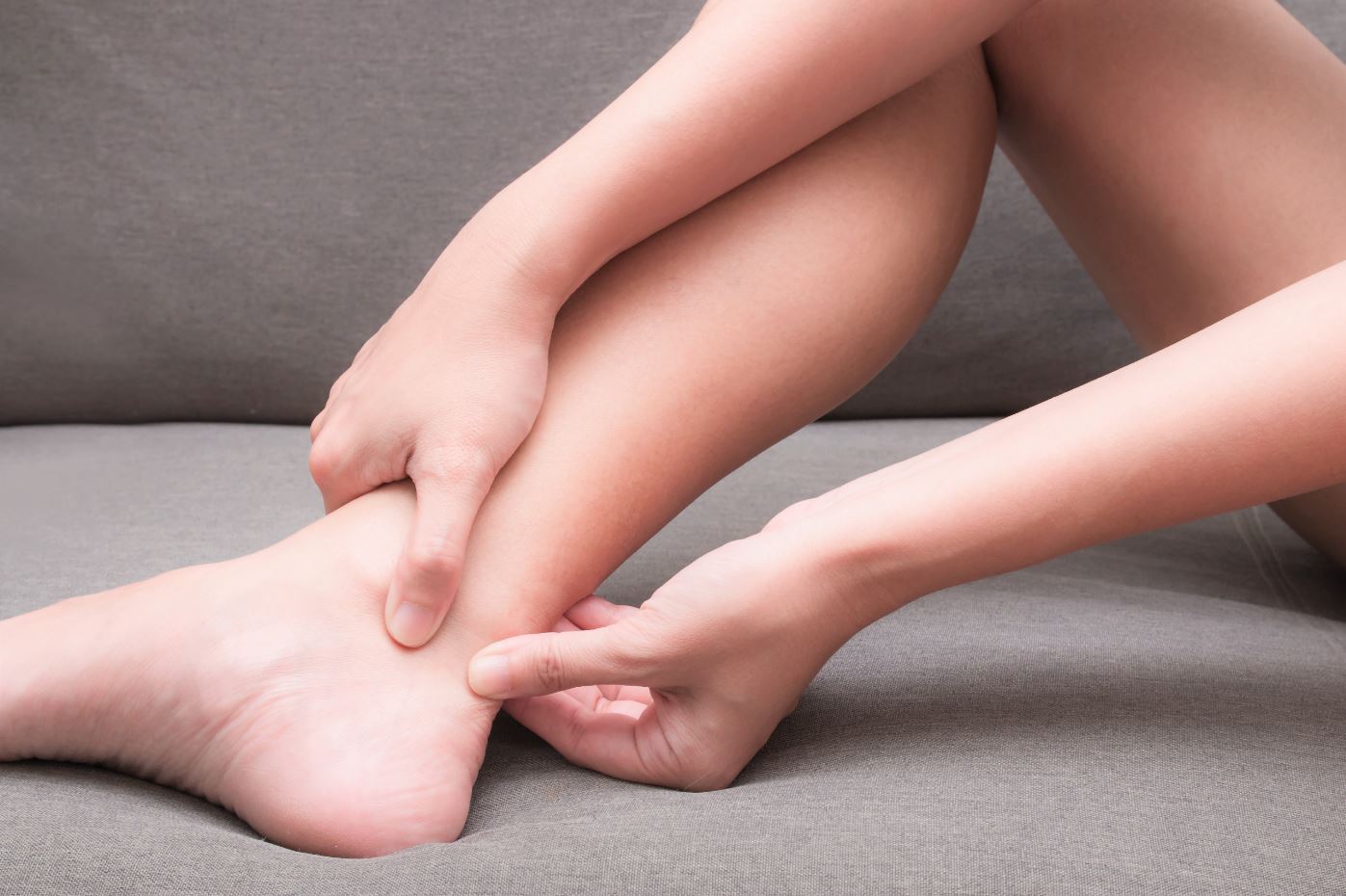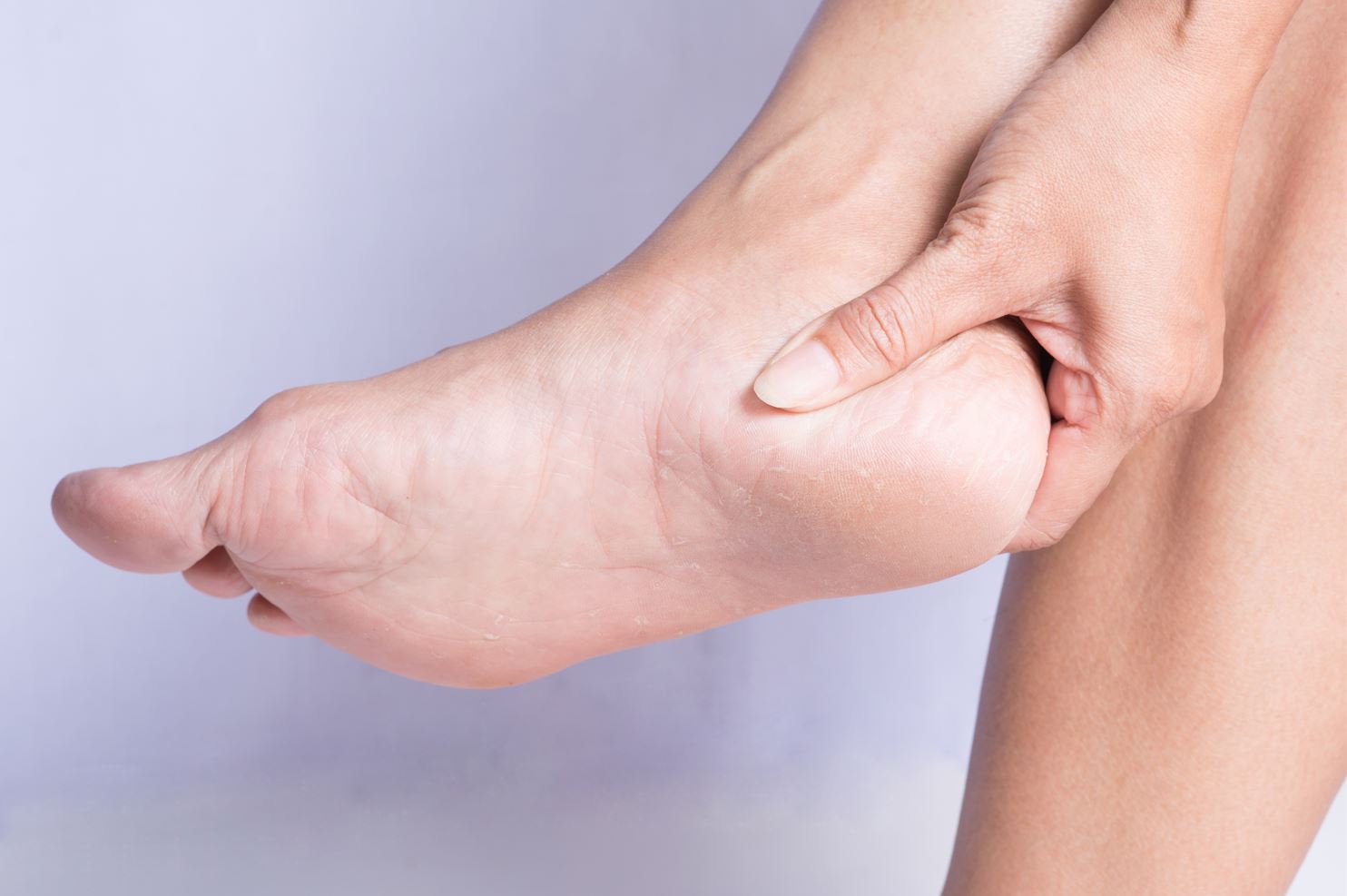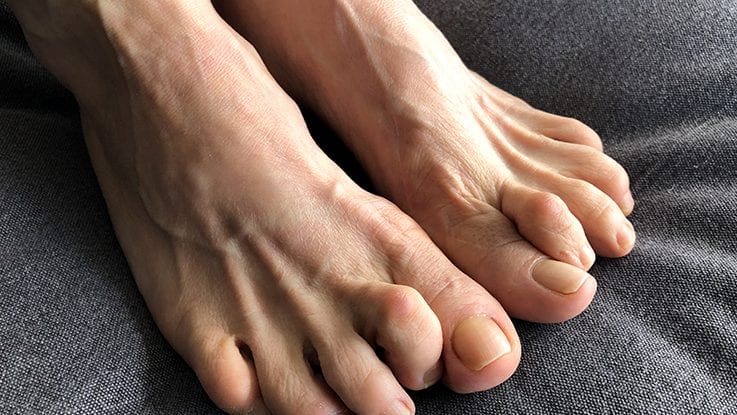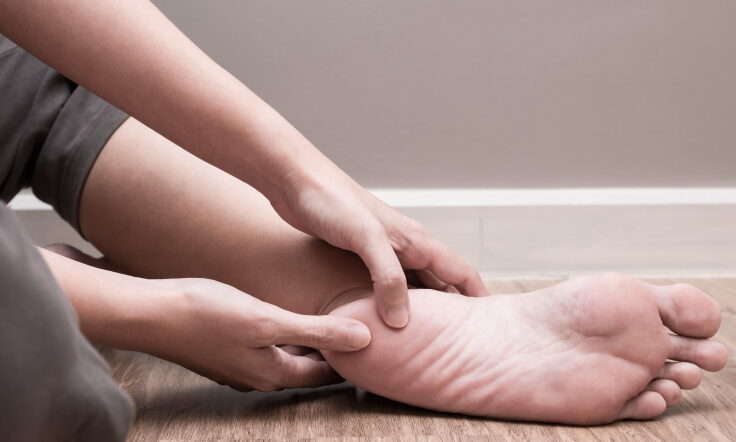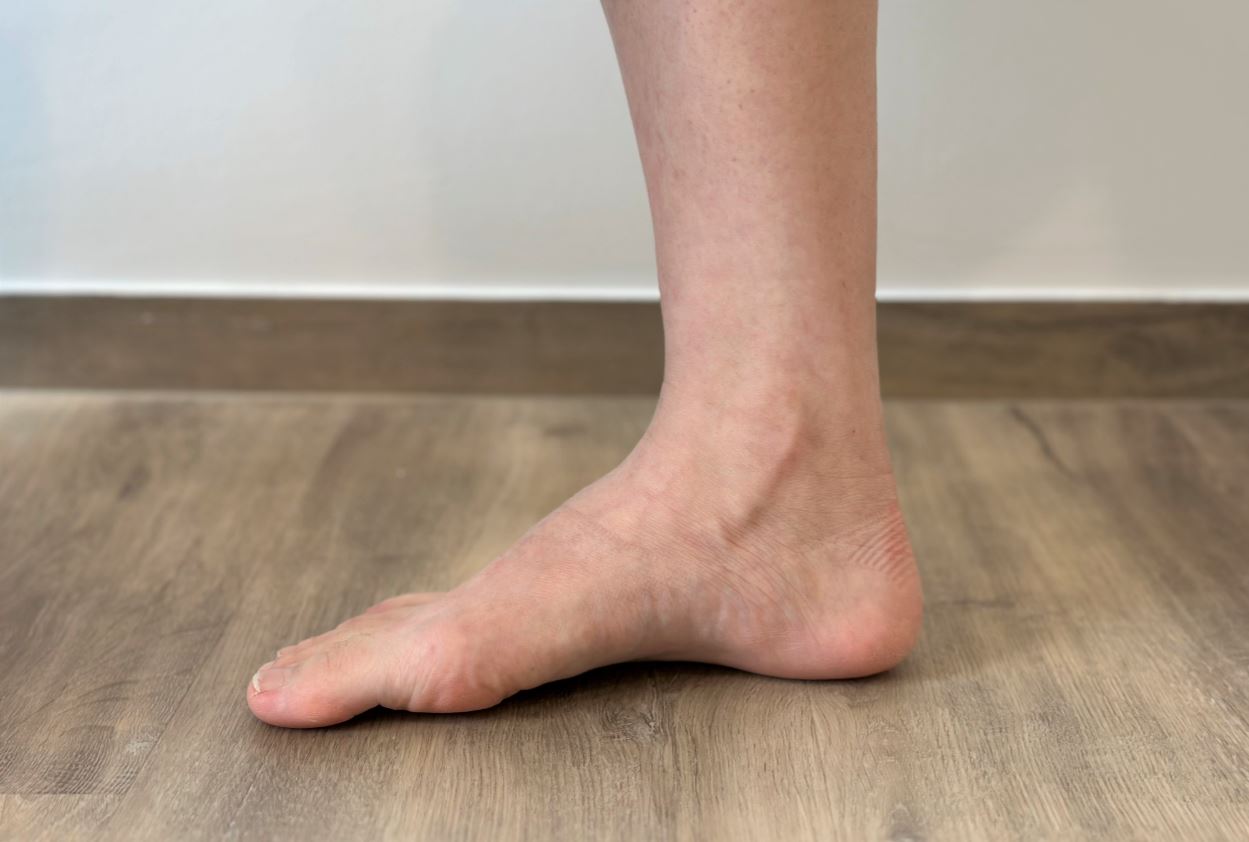
Foot Pain
Foot pain is a common ailment that affects millions of people worldwide, with a prevalence rate of up to 36%1. From a dull ache that comes and goes to sharp pain that makes walking difficult, the experience can vary from person to person. In a city like Singapore, where people are often on the move for work, school, or daily errands, even minor foot issues can start to interfere with daily life. That’s why it’s important to recognise foot pain symptoms early, understand the underlying cause, and seek timely care from a podiatrist.

